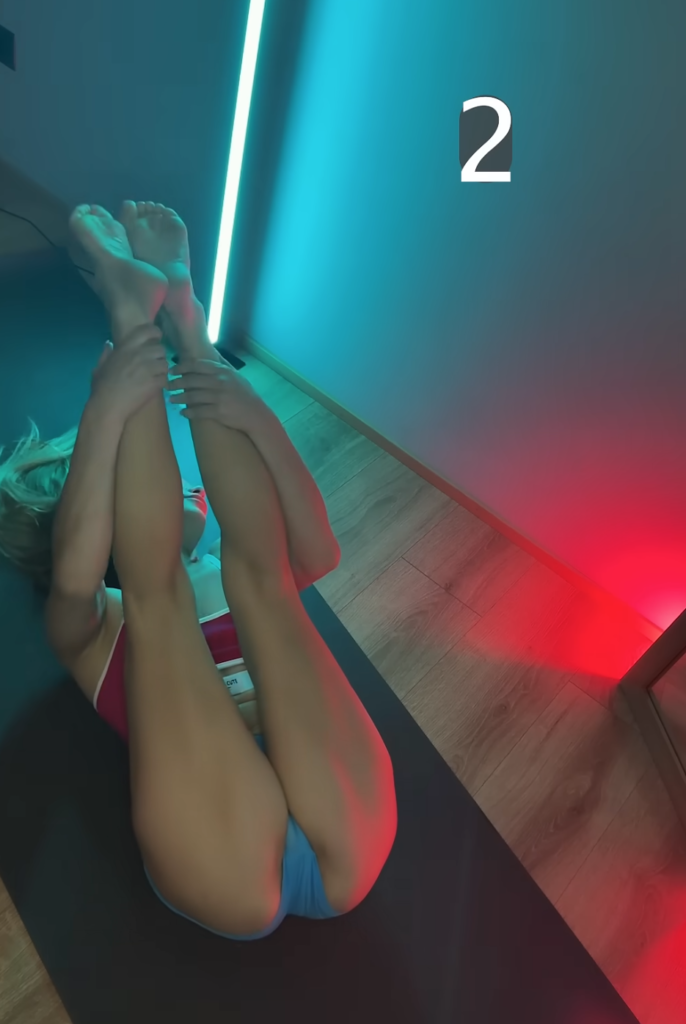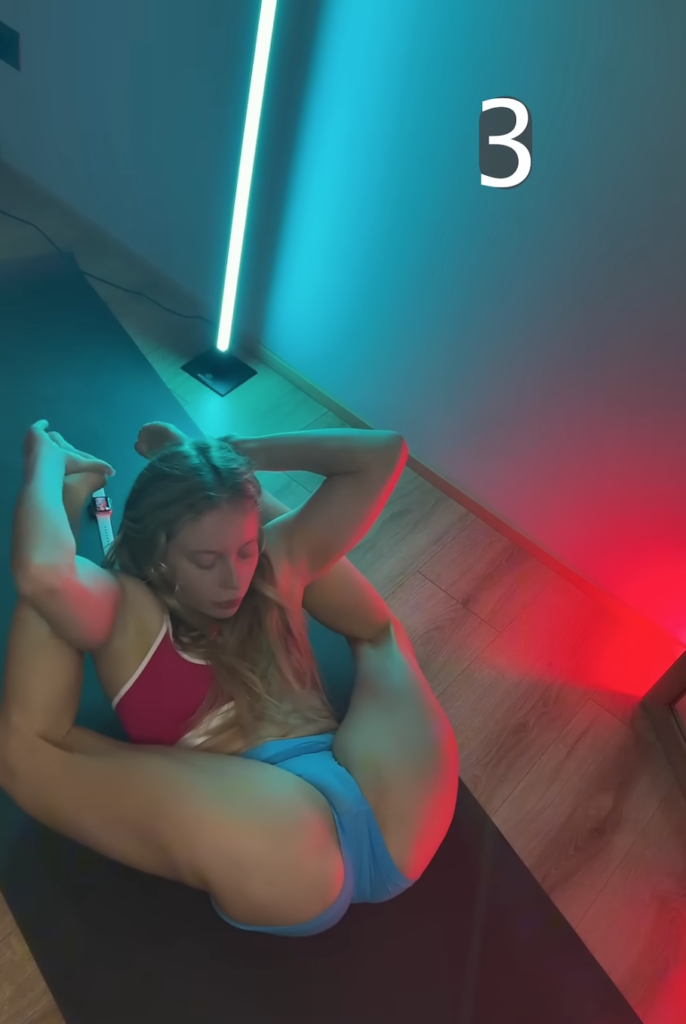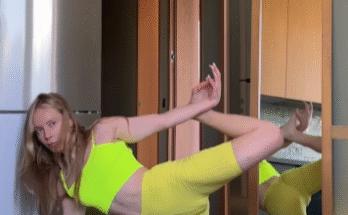Breath is the bridge between the body and the mind. It is an unconscious function that sustains life, yet when harnessed intentionally, it becomes a powerful tool for enhancing movement, focus, and overall well-being. Whether in fitness, yoga, stretching, or general flexibility exercises, the synergy between breath and movement plays a crucial role in achieving optimal performance and relaxation. Understanding this connection allows practitioners to deepen their practice, prevent injuries, and cultivate a stronger mind-body awareness.

The Science of Breath and Movement
Breathing is a physiological process essential for oxygenating the body and expelling carbon dioxide. It involves the diaphragm, lungs, and intercostal muscles, which work in harmony to regulate oxygen intake. During physical activity, breathing patterns influence energy efficiency, muscle function, and endurance. Conscious breathing techniques can enhance physical performance, allowing individuals to move with greater ease and precision.
In movement-based practices like yoga and stretching, breath control, or “pranayama” in yogic terms, is used to facilitate relaxation, improve circulation, and deepen stretches. Scientific studies suggest that controlled breathing can activate the parasympathetic nervous system, promoting a sense of calm while reducing stress and tension. This directly impacts the body’s ability to move freely without restriction.

The Role of Breath in Yoga
Yoga emphasizes the intimate connection between breath and movement. Every pose (asana) is guided by breath, creating a meditative flow that unites body and mind. The fundamental breathing technique in yoga is “Ujjayi breath,” or “ocean breath,” where slow, deep inhalations and exhalations create a rhythmic sound that helps regulate energy and focus.
- Inhalation and Expansion: In poses like upward-facing dog or mountain pose, an inhale helps lengthen the spine and create space within the body.
- Exhalation and Release: During forward bends or downward-facing dog, an exhale encourages deeper relaxation and allows the body to settle into the stretch.

By aligning breath with movement, yoga practitioners enhance body awareness, improve flexibility, and develop a greater sense of inner peace. Breath acts as a guide, ensuring smooth transitions between postures and preventing unnecessary strain.

Breath and Flexibility
Flexibility is not just about muscle elasticity but also about nervous system regulation. Many people experience tightness due to stress, poor posture, or lack of mobility. The breath can be a gateway to unlocking tight muscles by signaling the body to relax and release tension.
How Breath Enhances Flexibility:
- Activating the Parasympathetic Nervous System: Slow, deep breathing stimulates the parasympathetic response, reducing stress-induced muscle tension.
- Increasing Oxygen Flow: Deep breaths provide muscles with oxygen-rich blood, improving elasticity and reducing stiffness.
- Enhancing Body Awareness: Mindful breathing brings attention to specific areas of tension, allowing for targeted relaxation and better stretching results.
- Encouraging Deeper Stretches: Exhaling during a stretch helps lengthen muscles and increase the range of motion without forcing movement.
Breathwork techniques, such as diaphragmatic breathing or alternate nostril breathing, can be integrated into stretching routines to maximize flexibility gains and overall comfort in movement.

Breath Control in Fitness Training
Breathwork is not limited to yoga and stretching—it plays a significant role in all forms of fitness training, from weightlifting to endurance sports. Proper breathing techniques can improve strength, stability, and performance in various physical activities.
- Strength Training: Engaging the core through proper breathing stabilizes the spine and enhances power during weightlifting. The Valsalva maneuver, which involves holding the breath momentarily, is often used to generate intra-abdominal pressure for heavy lifts.
- Cardiovascular Training: Rhythmic breathing in running, swimming, or cycling enhances endurance and efficiency by optimizing oxygen delivery to working muscles.
- High-Intensity Workouts: Controlled breathing helps maintain composure during intense movements, preventing hyperventilation and muscle fatigue.
By consciously coordinating breath with movement, athletes and fitness enthusiasts can maximize their physical potential while minimizing fatigue and injury risk.

Practical Breathwork Exercises
Incorporating breathwork into movement practices can be transformative. Here are some simple techniques to deepen the connection between breath and movement:
- Box Breathing (4-4-4-4): Inhale for four counts, hold for four counts, exhale for four counts, and hold again for four counts. This technique enhances focus and calms the nervous system.
- Diaphragmatic Breathing: Place one hand on the chest and one on the belly. Breathe deeply into the belly, ensuring minimal chest movement. This strengthens the diaphragm and promotes relaxation.
- Breath-to-Movement Synchronization: Try linking breath with dynamic movements, such as inhaling when lifting arms overhead and exhaling when lowering them.
- Extended Exhales: Lengthening the exhale (e.g., inhaling for four counts, exhaling for six) encourages deeper relaxation and is particularly beneficial in yoga and stretching.

Conclusion
Breath and movement are intrinsically linked, influencing physical performance, flexibility, and overall well-being. By harnessing the power of breath, individuals can move more efficiently, deepen their stretches, and cultivate a greater sense of awareness in their practice. Whether through yoga, fitness training, or daily movement routines, integrating conscious breathing techniques fosters a holistic approach to health and vitality. The breath serves as a guide, leading us to a deeper understanding of our bodies and unlocking new levels of movement and mindfulness.



